What Would Our Perfect "Forever Home" Look Like?
Eight years of continuous travel have given me a very clear vision. But it may not be the kind of home you think.
In the eight years that Michael and I have been digital nomads, we’ve rented, house-sat, or house-guested in dozens of different apartments and houses all over the world.
Before that, we also rented and owned a series of homes in the Seattle area, where we used to live.
After living in all these places, we’ve seen a lot of housing features we’ve loved — and some we’ve hated.
Not surprisingly, that’s given us a really clear picture of the kind of place we’d like to live in if we ever settle down again.
Here are the essential ingredients of Michael’s and my dream “forever home”:
It would be in an interesting, walkable neighborhood.
Back before I spent eight years traveling the world, I thought the physical structure of a home was its most important aspect.
I now believe that the community surrounding the home is at least as important.
Michael and I love to be out and about, and it’s typical for us to go for a walk every day. Ideally, we would be living somewhere (a) beautiful, (b) pedestrian-friendly, and (c) part of a vibrant community with plenty to see and do — and if it’s a city with any car congestion at all, there’d be easy access to a clean and efficient public transit system.
The first time we lived in Istanbul, Turkey, we lived in a vibrant neighborhood with at least a hundred cafes and restaurants within a hundred meters of our apartment.
These days, urban designers talk about the “15-minute city,” which means that everything you need to live and work should be within fifteen minutes of your home — easily accessible by walking or mass transit.
But when we lived in Bristol, England (in the Clifton neighborhood), everything was a five-minute walk away.
Meanwhile, if you walked fifteen minutes in any direction, there was an almost infinite number of other interesting things to see — and downtown was only another five minutes after that.
The neighborhood would be safe, and the city (mostly) orderly.
If you’re thinking that my first entry, above, indicates that the American suburbs are Michael’s and my idea of hell, well, you’re right.
But that doesn’t mean we necessarily love all urban areas.
That apartment in Istanbul? Things got pretty loud, especially on weekends, and when Turkey’s authoritarian government sent the military police in to suppress the political protests on nearby İstiklal Street, the teargas sometimes wafted over into our apartment.
And when we owned a small house in urban Seattle, homeless people would sometimes, er, shit in our narrow backyard.

I’ve now lived in many places where there is virtually no crime or homelessness — some wealthy countries, but also some poor ones.
The root causes of social issues are complex, and it seems selfish to be discussing this at all in an article recounting all the privileges of my life. I also hope it goes without saying that I don’t think a Trumpian police state is the answer to anything.
But, well, living in orderly, crime-free places was really, really, really nice.
In Oslo, Norway, I once left some fairly expensive exercise equipment in a park, and two days later, when I finally realized it and returned to the park, no one had taken it. In fact, someone had even put it on prominent display for me to find more easily near the park entrance, and still no one had taken it.
The home would have lots of coziness and character.
The apartment in that house we rented in Bristol, England? The address was “Tudor House” — with no street name or number.
It was exactly as charming as it sounds, with ridiculously high ceilings and original everything.
And in Birgu, Malta, we lived in what was essentially a medieval castle that was at least four hundred years old, but probably much older — city records only went back so far.
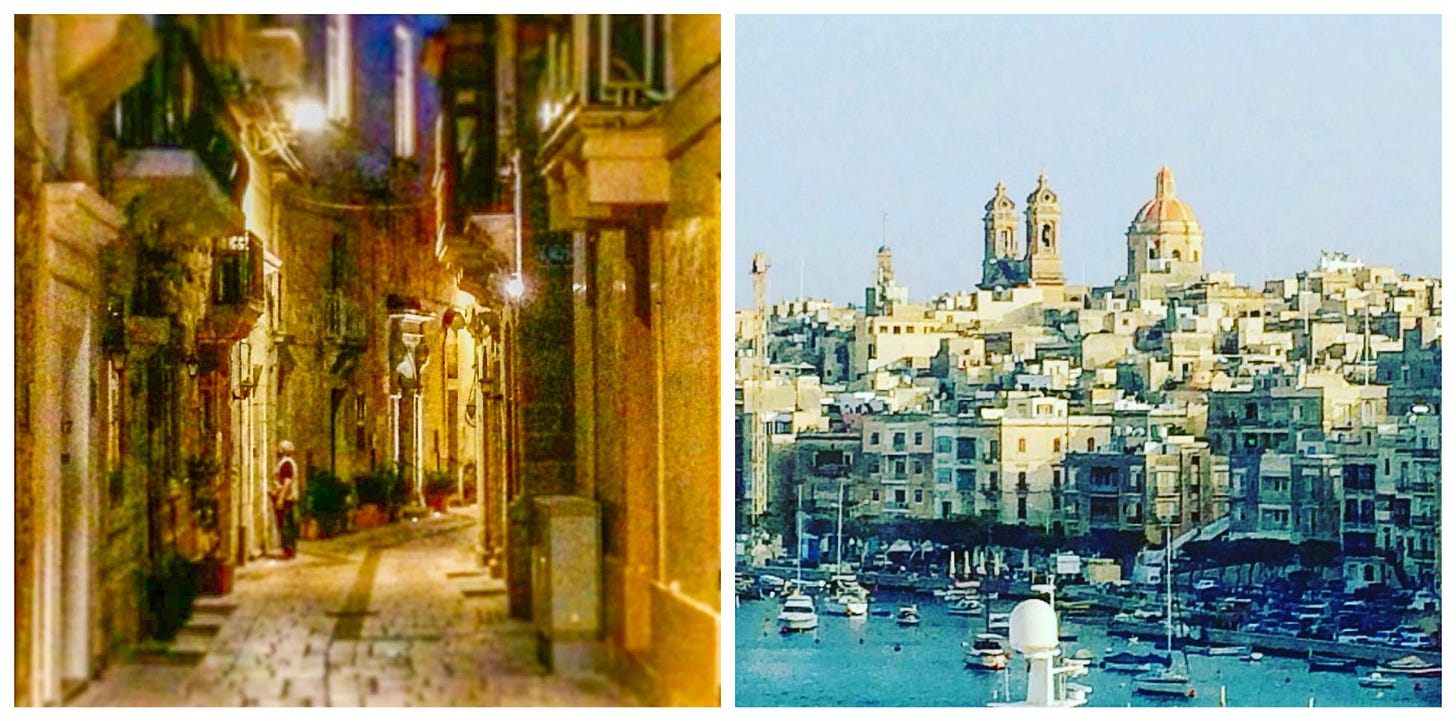
It would have an integrated outdoor space.
I grew up in the American suburbs, and I know all about backyards. But the problem with so many American backyards is that they’re not well-integrated into the home itself, so you rarely end up using them — a few times in summer, maybe, barbecuing with friends.
Michael’s and my rooftop apartment in Como, Italy, was situated around a fairly large balcony, which resulted in that outdoor space becoming a kind of additional room where we worked and ate almost all our meals.
It even had a small view of the city, which gave it a sense of openness.
But even though it was part of a greater apartment complex, it had been built in such a way that we still had total privacy.
The home would have a view of some kind.
Speaking of views, everyone wants one, right? At least until they start shopping for property and are confronted with the fact that any kind of decent view adds a premium of fifty percent or more to the price.
Okay, fine — I’ll settle for some kind of “territorial” view. All I know is that I want something that affords both light and openness (but also doesn’t infringe on our privacy).
But man, the view from the villa we’ve repeatedly rented in Puerto Vallarta! At this point, we’ve now spent a full year of our lives there — and I suspect at least half that time was spent staring out at that fabulous view.
It would have two bedrooms — and also two workspaces.
Even when Michael and I lived in America, we didn’t have — or want — a massive home. We had quickly learned that the larger the space, the more clutter it collects, and the harder it is to clean.
That said, we both work at home — often at the same time — and we also love having enough space that close friends can come and stay a week or so.

The home would have weekly — and maybe even daily — housekeeping.
Speaking of cleaning, as nomads, Michael and I usually spend around half the year living in countries where weekly or twice-weekly housekeeping is extremely affordable, and another two to three months living on cruise ships, where there’s daily (or sometimes twice-daily) housekeeping.
We like this a lot. It would be great to have it for the rest of our lives.
(Please note: we tip generously.)

Our home wouldn’t be much more expensive than what we’re spending now, and it wouldn’t tie up much of our net worth.
Rents for short-term lodging are rising fast all over the world. In 2022, we spent an average of $44 USD per night while traveling the world.
In 2023, we spent $66 per night.
And in 2024, we spent $107 per night — in part, because we spent so much time on cruise ships, but also because we chose to live more comfortably.
If we ever do settle down, we’d like to keep our annual costs in line with what we’re spending now.
The location would have a mild climate all year long — but with two weeks of snow at Christmas.
Clever readers may have suspected where I was going with this article all along:
This seems like an increasingly impossible list, but it’s actually not. As nomads, Michael and I already have our perfect forever home.
It’s just not one consistent place!
Our lodgings don’t always have all the features listed here at the same time, but we have them consistently throughout the year.
And that ever-shifting variety of different homes is in itself a fantastic feature that is impossible to find in a conventional abode.
In other words, we literally can choose to spend the entire year in a series of areas with mild climates — and then move to an area with snow for two weeks at Christmas.
It’s also true that we occasionally end up with a bum lodging, which doesn’t happen with a conventional home. (Or does it? Lousy neighbors can move in anywhere.)
And one thing we definitely don’t have is a community of consistent neighbors. (But we think we’ve done a pretty good job of building a community of expat and local friends all over the world — not to mention maintaining old friendships from our old lives back in Seattle.)
Also, rents for short-term lodging really are rising fast. (But that’s counteracted by the fact that we, um, no longer have to pay income tax.)
What about the argument that owning a home builds equity?
It’s true, but then again, we’ve already owned a series of homes and built up our share of equity, which is now in more diversified assets.
Plus, with all the political and economic unrest in the world — not to mention climate change — “building equity” seems less certain than before.
Some of this may sound fairly crass and somewhat self-centered. But hey, isn’t that always the way it is with dream homes?
Some people really want a sunken tub or a breakfast nook.
Me, I just wanna keep traveling.
The World is on Fire. Is That Another Reason to Become a Digital Nomad?
Should We Buy a Condo in Puerto Vallarta, Mexico?
How Much Did We Spend in 2024? Our Annual "Digital Nomad Budget" Report!
How Much Did We Spend in 2023?
In 2022, We Spent $56,000 (While Traveling the World)
Brent Hartinger is a screenwriter and author. Check out my new newsletter about my books and movies at www.BrentHartinger.com. And order my latest book, below.


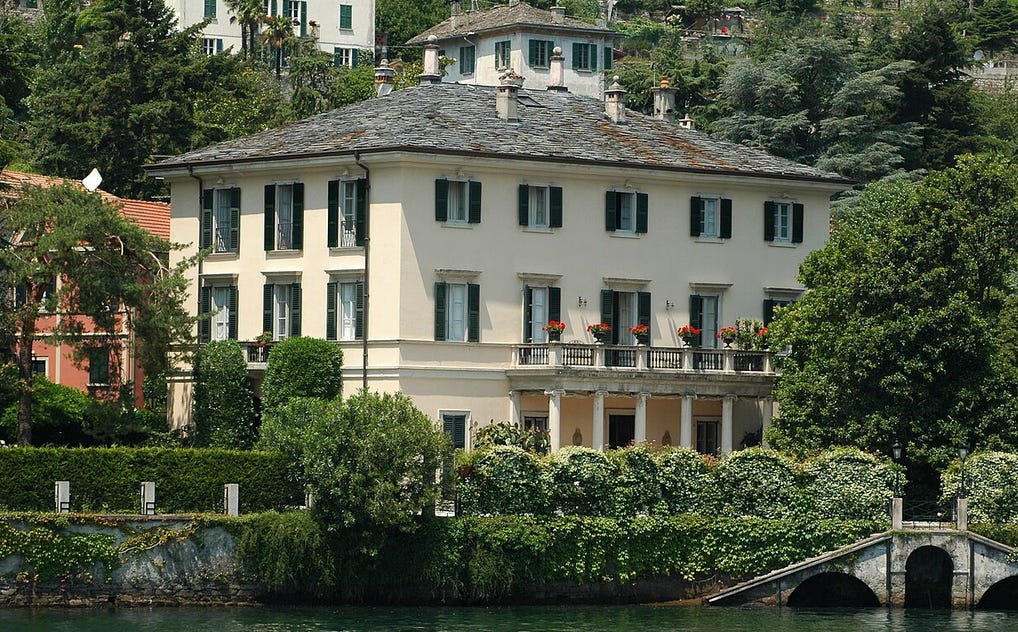
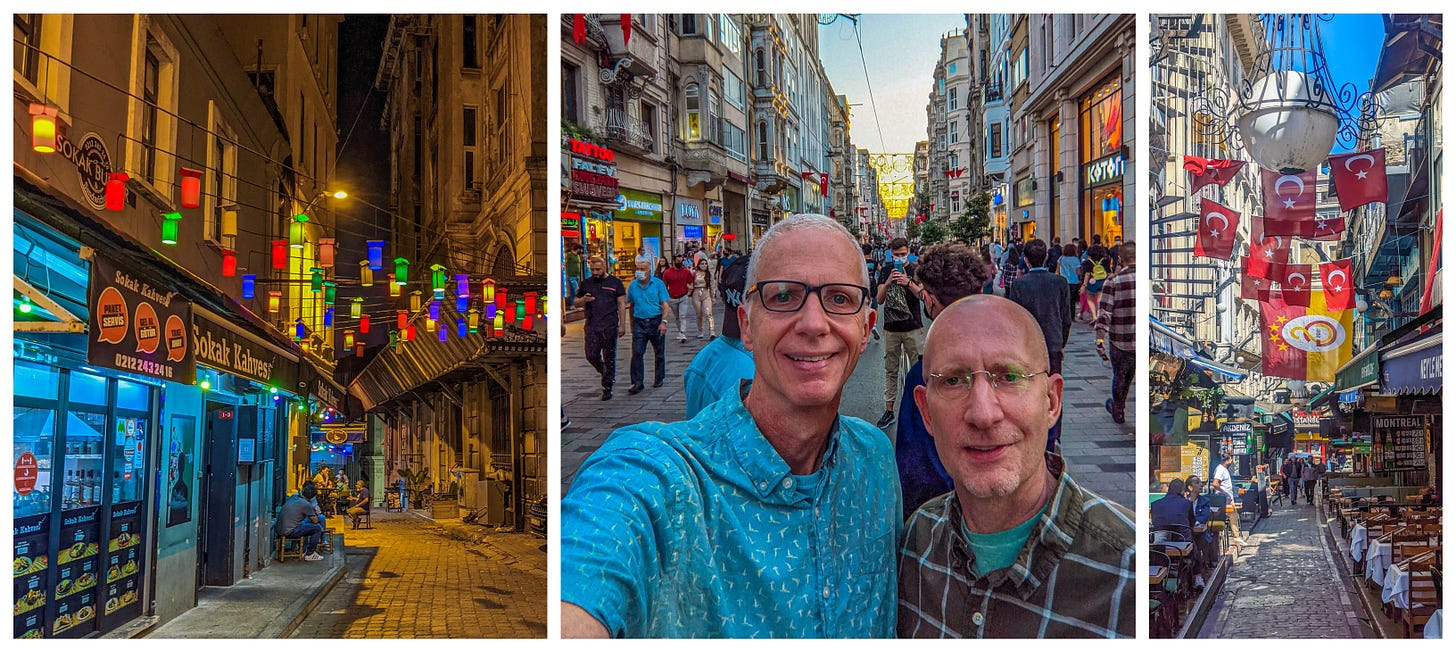
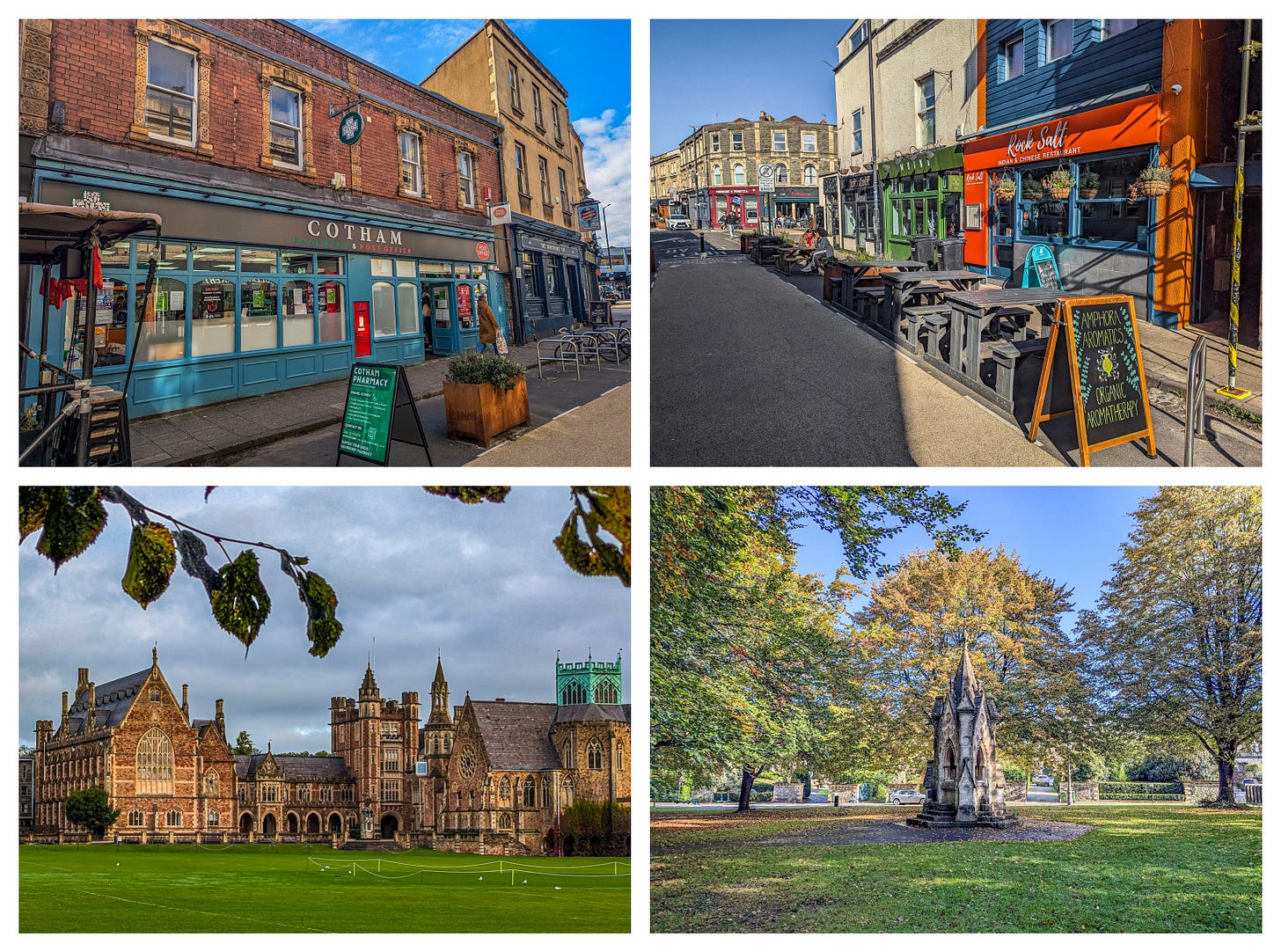
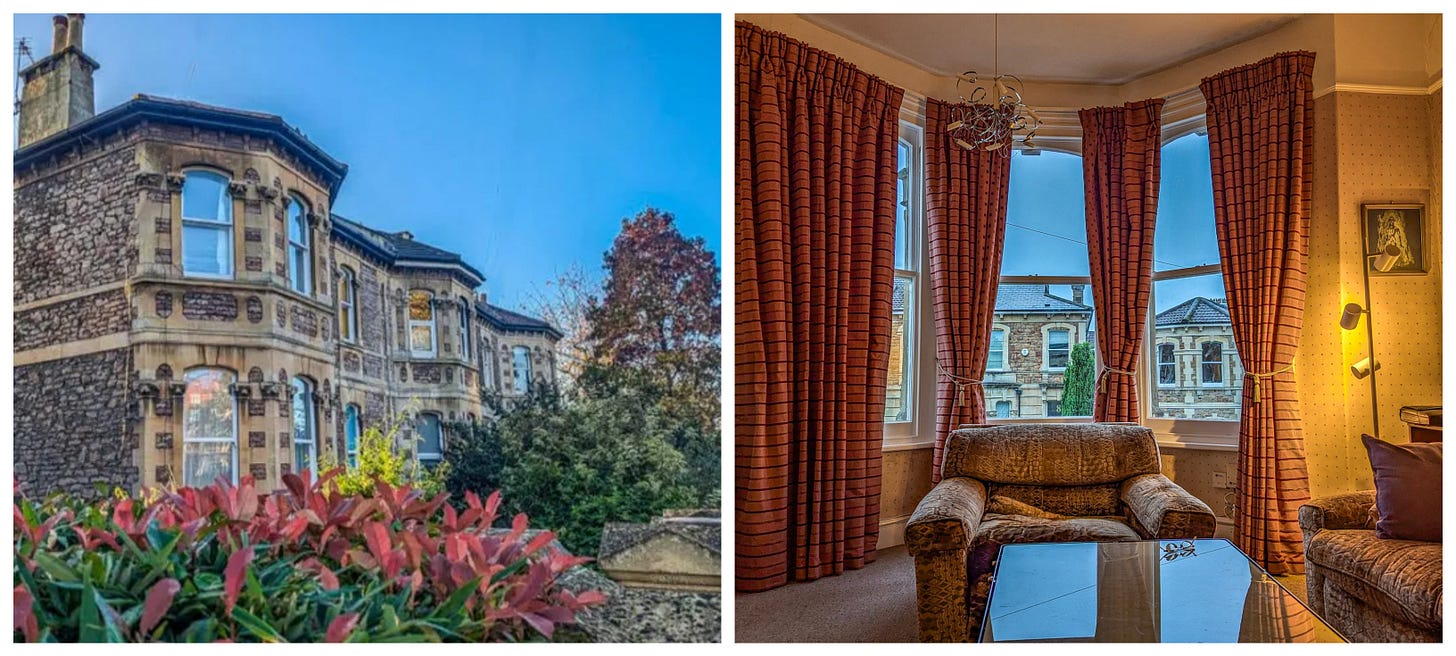
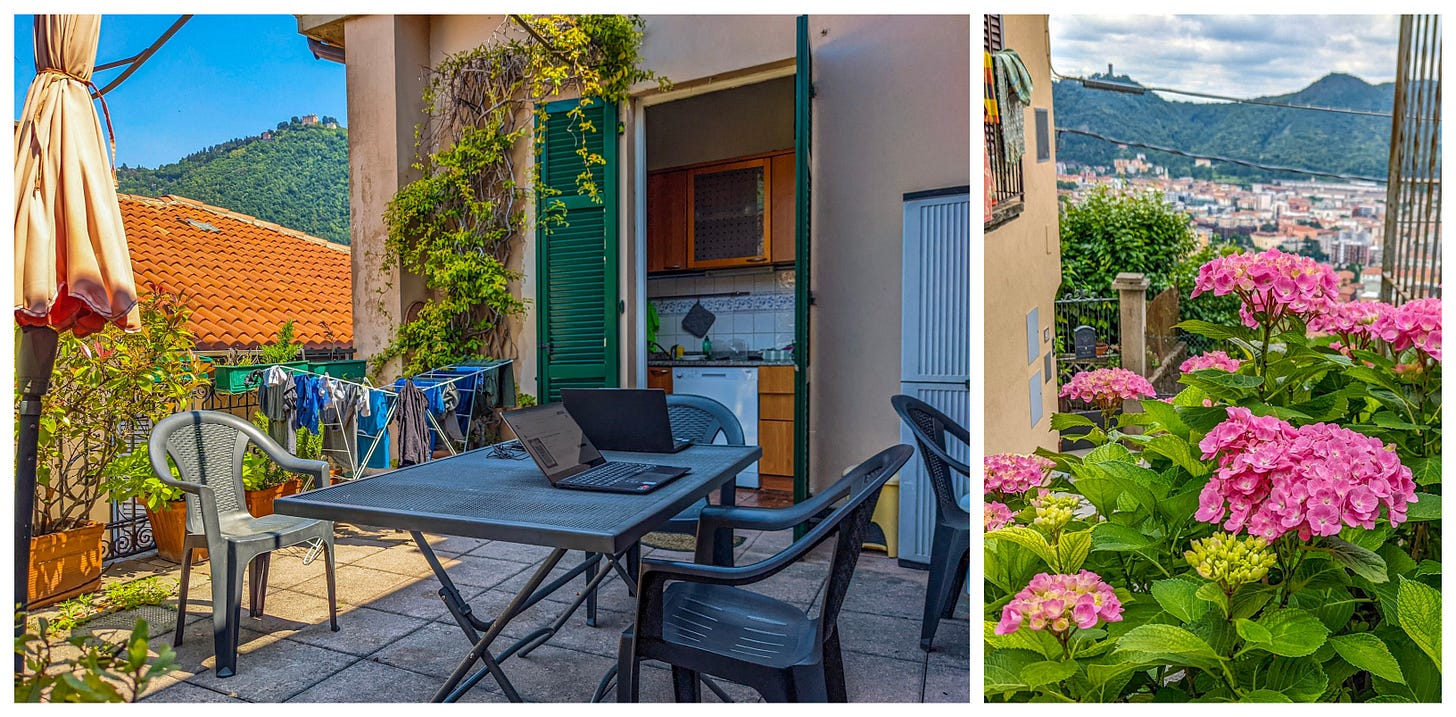
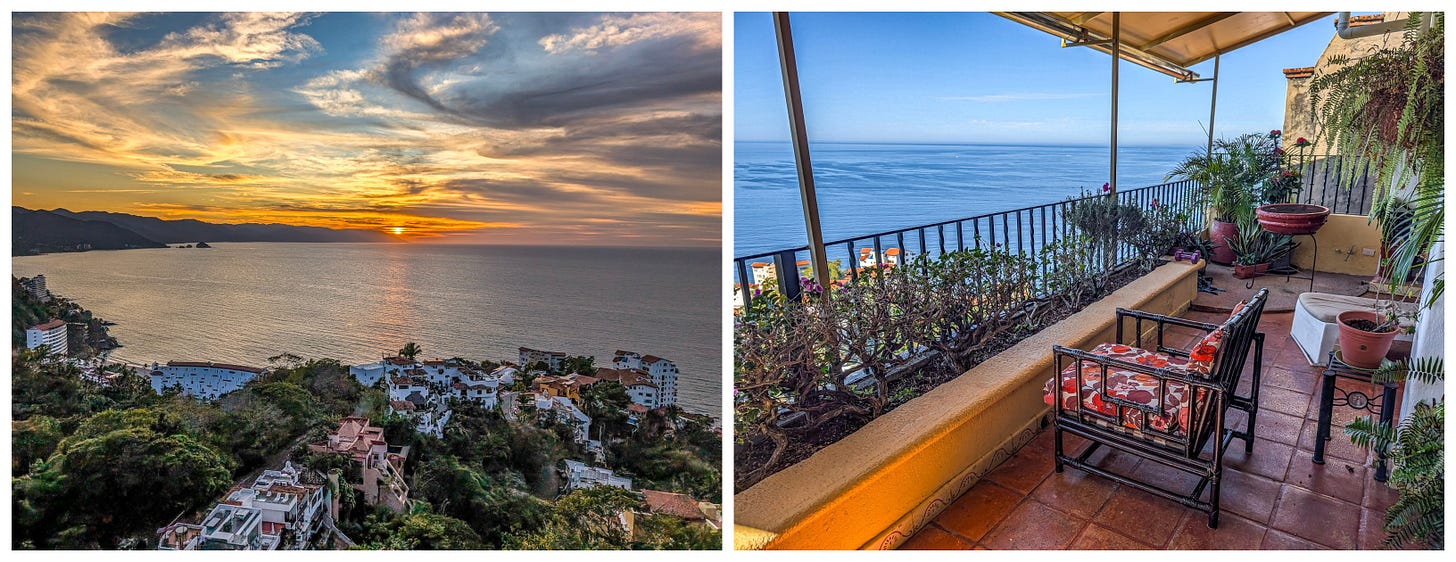
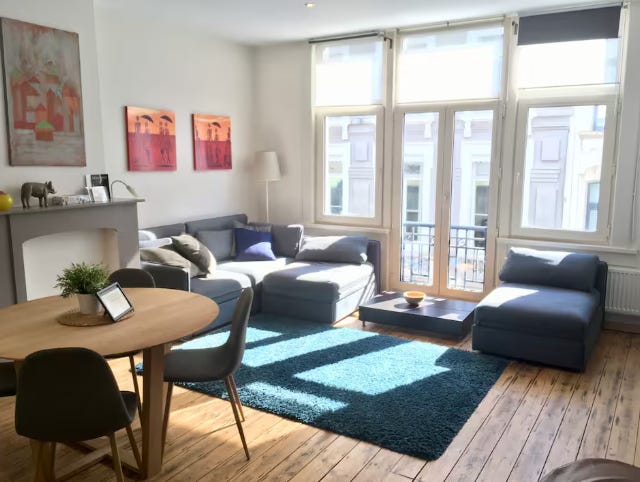
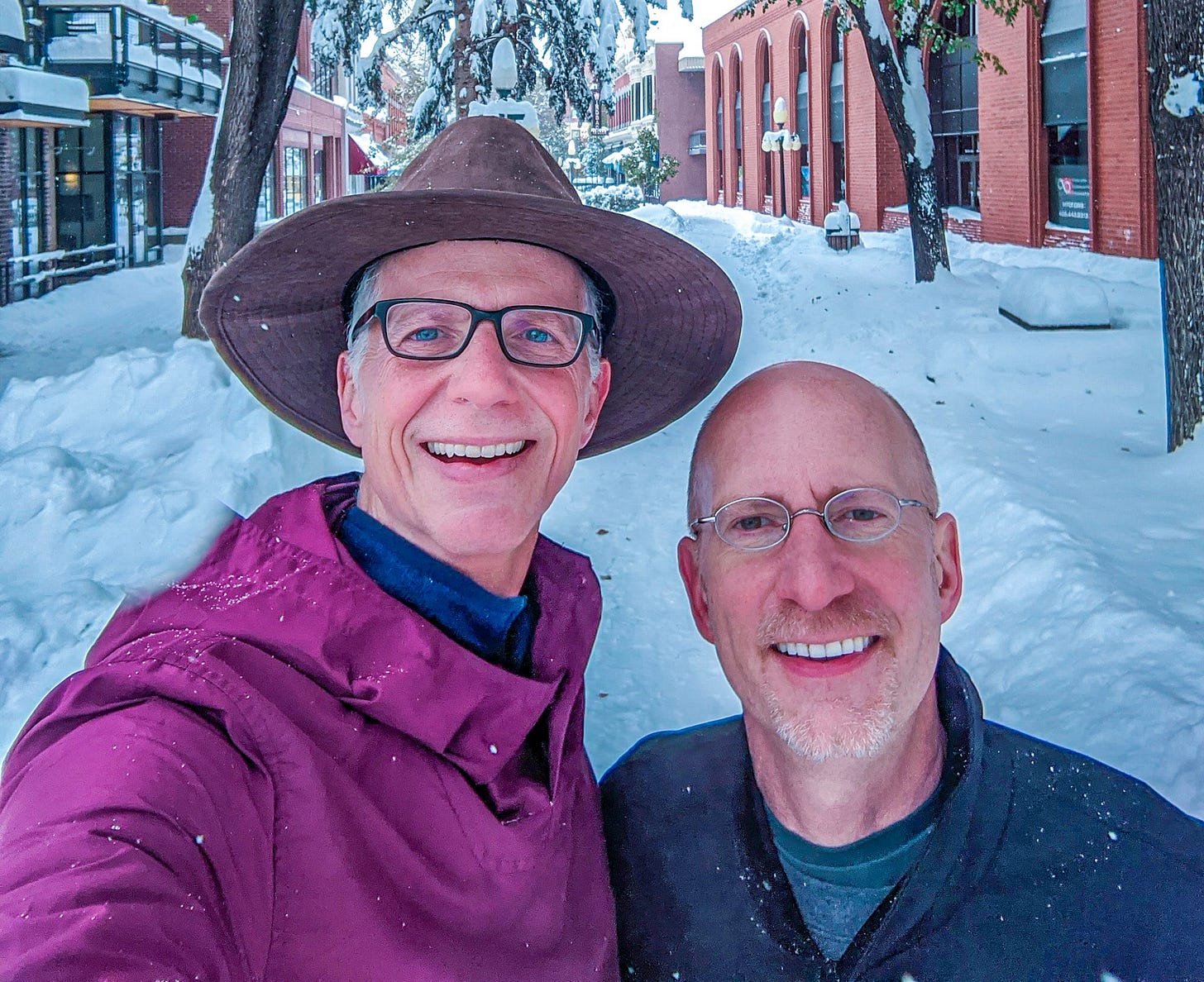

This was fun to read! Your perfect house doesn’t sound that impossible. And it comes close to how I would describe mine. The walking, the view, the climate, the cost. But I do not want coziness: I dream of empty surfaces, zero clutter, and lots of light, with just some beautiful touches. I like Japanese homes.
You have much to choose from! As is said, the world IS your oyster. (whatever that actually means, think it was a 30s thing).